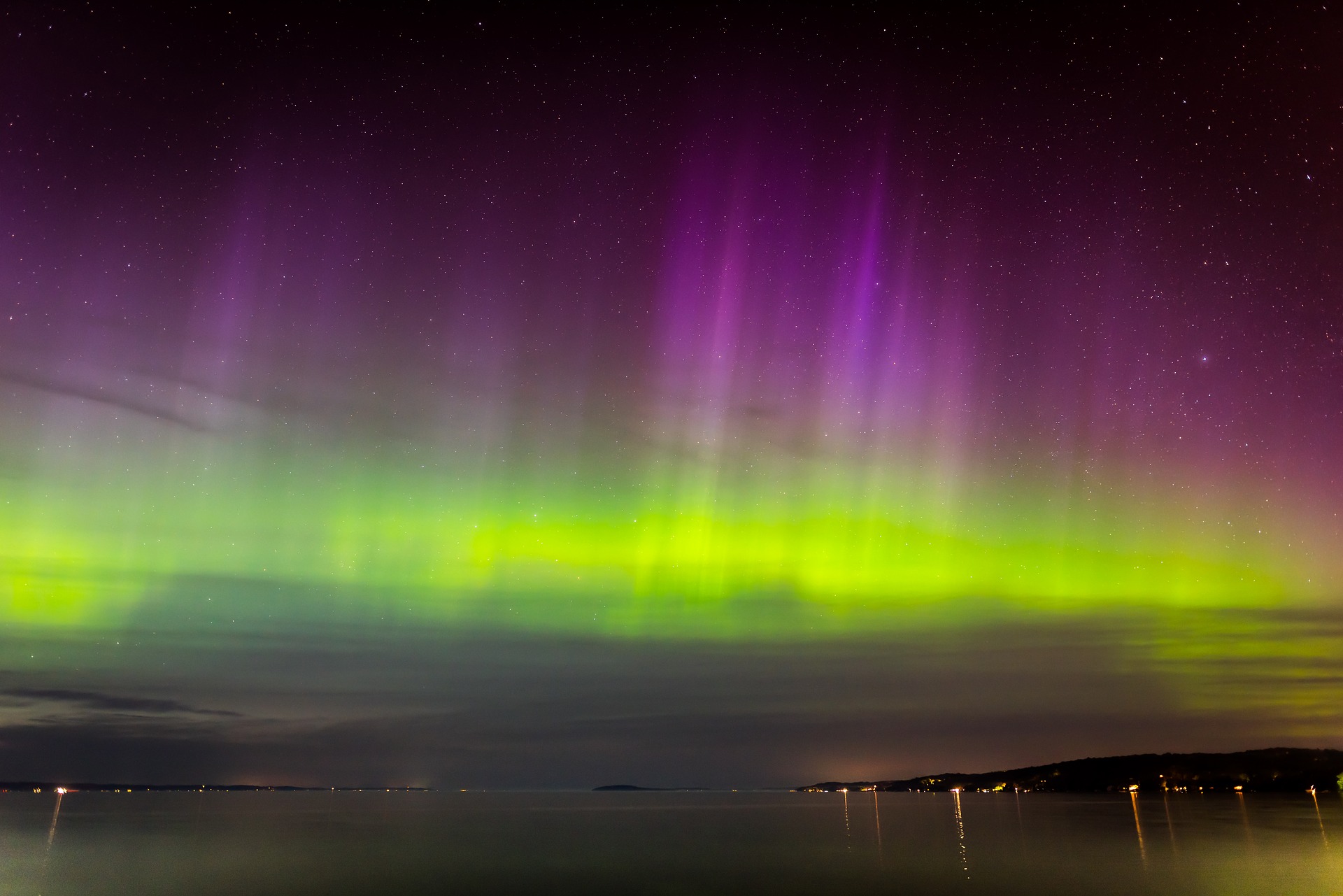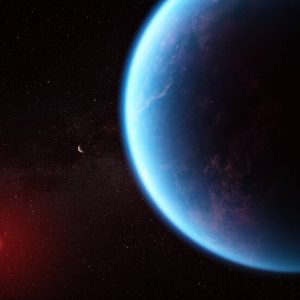NASA’s James Webb Space Telescope has detected the source of carbon dioxide on the surface of Jupiter’s moon Europa, located 390.4 million miles away from Earth. The presence of essential elements like carbon on the moon’s surface was uncertain until now. Astronomers used data from the Webb Space Telescope to...
News
NASA’s latest lunar images, featured in National Geographic Magazine’s special space issue and created from data captured by NASA’s Lunar Reconnaissance Orbiter Camera (LROC) and the ShadowCam instrument on Korea Pathfinder Lunar Orbiter (KPLO), illuminates the lunar south pole’s unprecedented beauty.
A massive solar eruption occurred on September 16 and surged forth from the sun’s fiery surface, propelling a scorching coronal mass ejection (CME) in the direction of our home planet.
NASA’s James Webb Space Telescope, the most advanced space-observing machine to date, has once again provided us with a stunning image of a young star, known as Herbig-Haro 211 (HH 211), emitting supersonic jets of matter.
K2-18 b, which orbits a cool dwarf star called K2-18, has long been a subject of scientific curiosity due to its location within the habitable zone of its host star. The habitable zone, also known as the Goldilocks zone, is a region where conditions may be just right for liquid water to exist on the planet’s surface – a key ingredient for the development of life as we know it.
Situated in the galaxy IC 1776, nestled within the Pisces constellation and 150 million light-years away from Earth, this image offers a new insight on a distant, irregularly-shaped spiral galaxy.
NASA’s Neil Gehrels Swift Observatory, initially designed to study gamma-ray bursts, has discovered the repeated, partial tidal disruption of a Sun-like star by a massive black hole named Swift J0230. The object signifies a dawn of a fresh era in Swift’s scientific exploration, enabled by an innovative approach to interpreting...


